Hola una vez más.
Hi again.
En el siguiente enlace podéis ver nuestros próximos viajes fotográficos y de observación de aves y mamíferos nacionales y al extranjero. Espero que os gusten y os animéis a venir conmigo. Una experiencia que nunca olvidareis.
In the following link you can see our next national and foreign Birds and Mammals photographic and observation trips. I hope you like them and I encourage you to come with me. An experience that you will not forget.
En este blog os muestro algunas de las fotos que pude sacar a mediados de diciembre de las aves que vi en una visita al Parque Regional del Sureste de Madrid . Dentro de él, visité la Presa del Rey, la Laguna de las Juntas y la Laguna del Campillo.
In this blog I show you some photos that I was able to take in mid December of Birds I saw on a visit to the Southeast Regional Park of Madrid. Within it, I visited Presa del Rey, Laguna de las Juntas and Laguna del Campillo.
El tiempo fue soleado pero frío.
The weather was sunny but cold.Pude ver muchas cigüeñas blancas (Ciconia
ciconia).
I was able to see many White Storks (Ciconia ciconia).
Cada año son más los ejemplares que se quedan a pasar el invierno con nosotros.
Each year more specimens stay to spend winter with us.
Petirrojo europeo (Erithacus
rubecula). La verdad es que son muy fáciles de ver pero yo encuentro que son preciosos.
European Robin. The truth is that they are very easy to see but I find that they are beautiful.
En el río manzanares había bastantes cercetas comunes (Anas
crecca).
In the Manzanares river there were quite a few Common Teal.
Antes de que las corrientes térmicas apareciesen había muchos milanos reales (Milvus
milvus) por los alrededores.
Before thermal currents appeared there were many Red Kites around.
Una pareja de tarabillas europeas (Saxicola rubicola) me entretuvieron mucho pues estaban muy tranquilas y, el ver que los fondos de las fotografías eran muy buenos, les saqué muchas fotos. En la foto el macho.
A pair of Common
Stonechat entertained me a lot because they were very calm and, seeing that backgrounds of the photographs were very good, I took many photos of them. In the photo the male.
La hembra.
The female.
En los cantiles de las zonas visitadas se podían ver algunas palomas zuritas (Columba
oenas).
In the cliffs of the areas visited it can be seen some Stock
Dove.
También había una pareja de cuervos grandes (Corvus corax).
There were also a pair of Common
Raven.
Vi varios ejemplares de colirrojos tizones (Phoenicurus
ochruros). No pude sacar ninguna foto de los machos y solo estas dos de una hembra.
I saw several specimens of Black
Redstart. I couldn't take any pictures of males and only these two of a female.
Uno de los objetivos de la visita era ver collalbas negras (Oenanthe
leucura). El objetivo se cumplió ampliamente pues pude ver bastantes ejemplares aunque me fue difícil sacar buenas fotos pues son bastante desconfiadas. La mayoria son fotos de machos.
One of the targets of the visit was to see Black Wheatear. The objective was widely fulfilled because I could see quite a few specimens although it was difficult for me to take good photos because they are quite elusive. Most are photos of males.
Hembra.
Female.
Busardo ratonero (Buteo buteo).
Common
Buzzard.
Había bastantes cogujadas montesinas (Galerida theklae).
There were quite a few Thekla
Lark.
Macho de pinzón vulgar (Fringilla
coelebs).
Common
Chaffinch male.
Esta hembra/joven de cernícalo vulgar (Falco
tinnunculus) llevaba un ratón entre sus garras.
This female / juvenile Common Kestrel carried a mouse in her claws.
Luego se poso y se lo comió.
Then she landed and ate it.
Un tímido macho de curruca rabilarga (Sylvia undata).
A shy male Dartford Warbler.
Herrerillo común (Cyanistes
caeruleus).
Blue Tit.
Macho de curruca cabecinegra (Sylvia
melanocephala).
Sardinian
Warbler male.
Hembra.
Female.
Otro de los ejemplares de collalba negra (Oenanthe
leucura).
Another of the Black Wheatear specimens.
Me extrañó ver a esta mantis palo (Empusa pennata) joven activa.
I was surprised to see this young Conehead Mantis active.
Por el lado de los ríos y lagunas vi algunas anátidas. En la foto un bobito macho de cerceta común (Anas
crecca).
On the side of rivers and lagoons I saw some Ducks. In the photo a beuatiful male Common
Teal.
Las hebras son menos llamativas que sus congéneres.
Females less colorful than their congeners.
Macho de ánade friso (Anas
strepera).
Gadwall male.
Hembra.
Female.
Andarríos grande (Tringa
ochropus).
Green
Sandpiper.
Detrás del tronco se puede ver parte de un martín pescador común (Alcedo
atthis).
Behind the trunk you can see part of a Common Kingfisher.
Pocos son los martinetes comunes (Nycticorax
nycticorax) que se quedan a pasar el invierno en la comunidad de Madrid.
Few Night
Heron spend winter in the community of Madrid.
Zampullín común (Tachybaptus
ruficollis).
Little
Grebe.
Macho de porrón muñudo (Aythya
fuligula).
Tufted
Duck male.
En la parte inferior dos hembras de la especie precedente y en la parte superior otras dos de porrón europeo (Aythya
ferina).
In the lower part, two females of the preceding species and in the upper part two other of Common
Pochard.
Macho de porrón europeo (Aythya ferina).
Common Pochard male.
Hembra.
Female.
No podían faltar los cormoranes grandes (Phalacrocorax
carbo).
It could not miss the great cormorant.
Focha común (Fulica
atra).
Common
Coot.
Calamón Común (Porphyrio
porphyrio).
Purple
Swamp-hen.
Macho de gorrión moruno (Passer
hispaniolensis).
Spanish
Sparrow male.
Este azor común (Accipiter
gentilis) causo el terror entre las aves.
This Northern
Goshawk caused terror among Birds.
Haciendo que un gran bando misto de palomas torcaces (Columba
palumbus) y palomas zuritas (Columba
oenas) levantasen el vuelo.
Making a great mixed flock of Wood Pigeon and Stock
Dove take flight.
Vi una pareja de pico menor (Dryobates
minor). En la foto el macho.
I saw a pair of Lesser Spotted
Woodpecker. In the photo the male.
La hembra.
The female.
Hembra de aguilucho lagunero occidental (Circus
aeruginosus).
Eurasian Marsh
Harrier female.
Y para finalizar os dejo fotos de la última pareja de collalba negra (Oenanthe
leucura). La hembra es la de la última foto y se aprecia muy bien la diferencia de color con el macho.
And finally I leave you photos of the last pair of Black Wheatear. The female is the one in the last photo and the color difference with the male is very well appreciated.
Si queréis suscribiros a este blog de los viajes que hacemos pincha en el siguiente enlace: Suscribirse y haz clic en ¿ Quieres suscribirte a nuestro blog?
If you want to subscribe to this post about the trips we do, click on the following link: Susbcribe and click on: Do you want to subscribe to our blog?
If you want to subscribe to this post about the trips we do, click on the following link: Susbcribe and click on: Do you want to subscribe to our blog?
Espero que os haya gustado y hasta pronto.
I hope you like it and see you soon.






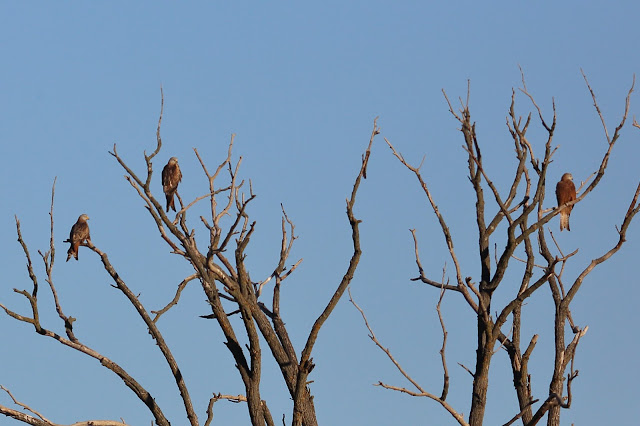








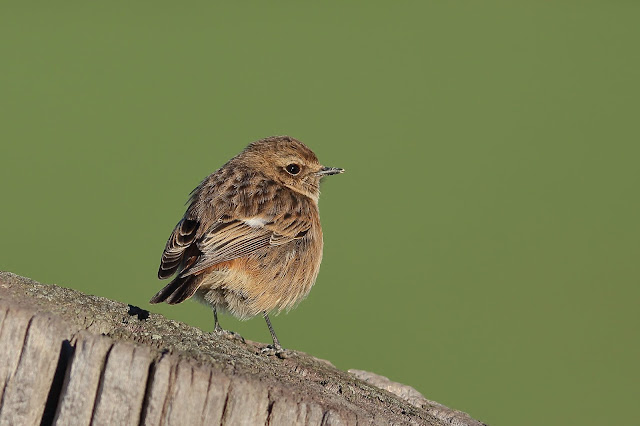






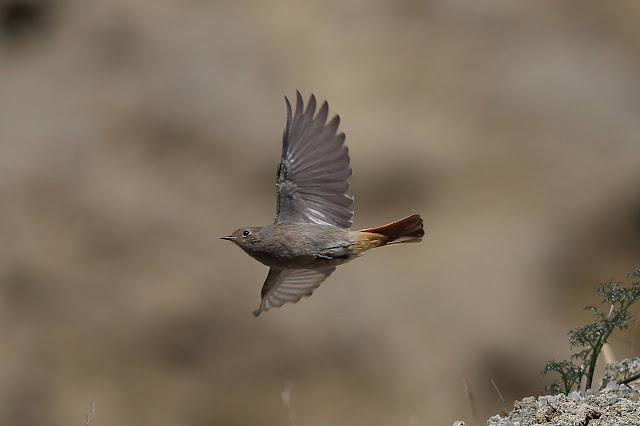


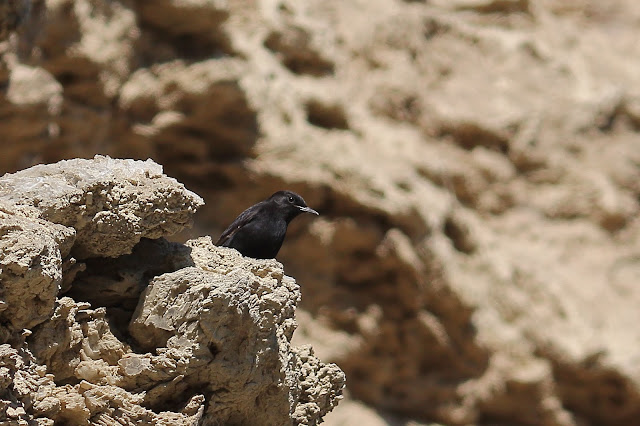








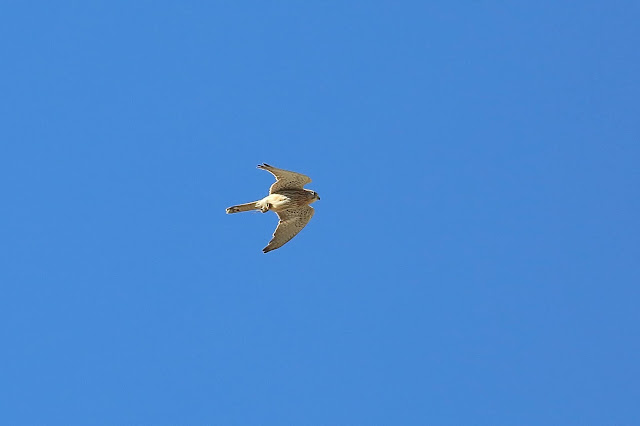
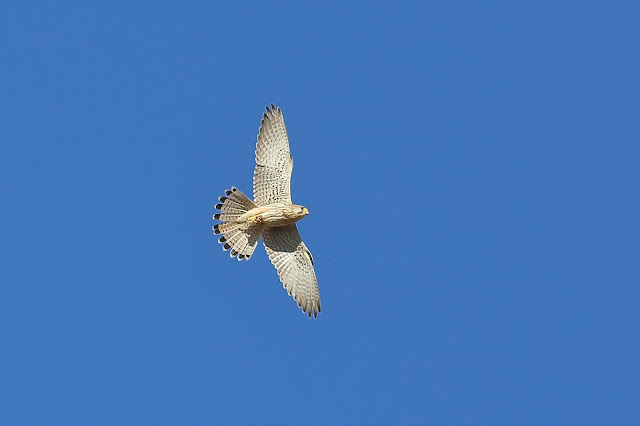













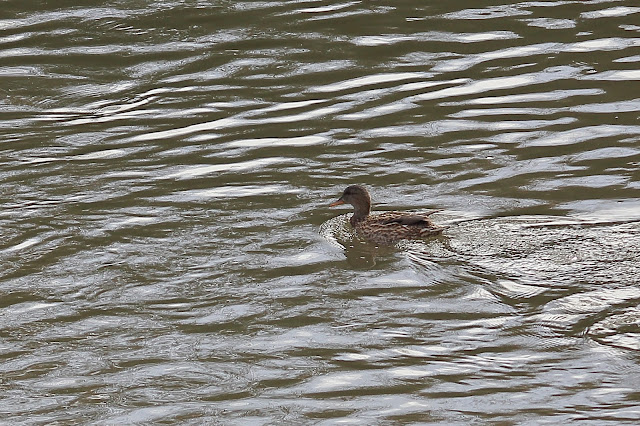


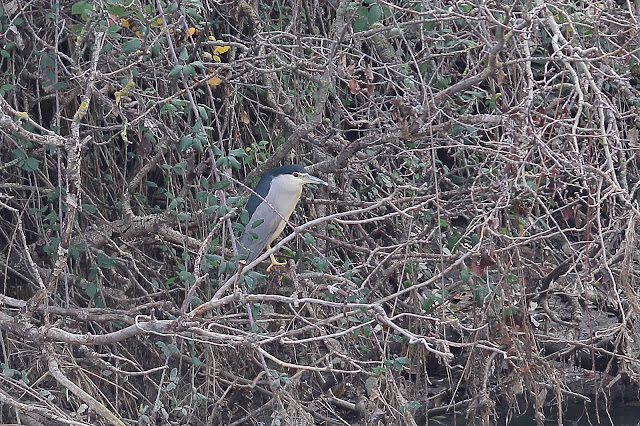










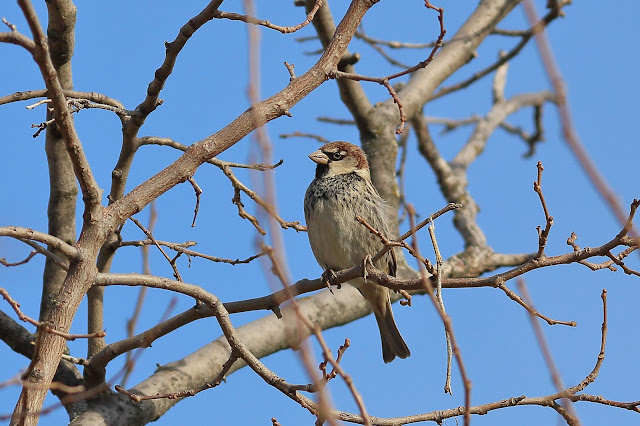
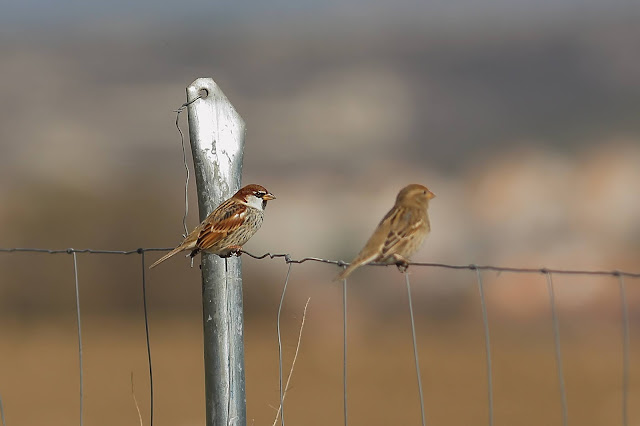














Estupendas fotos Luis como siempre y mucha variedad de especies. Gracias por este buen rato. Un saludo
ResponderEliminarMuchas gracias Gonzalo,
EliminarMe alegro que te hayan gustado las fotos.
Un abrazo,
Luis
Fantásticas fotos, Luis, como siempre nos tienes acostumbrados. A ver cómo se presenta este año para seguir con nuestra afición, que ya tenemos mono. Un saludo
ResponderEliminarMuchas gracias Isabel.
EliminarMe alegro que te hayan gustado las fotos.
En cuanto al mono, prefiero no comentar pues ya no me acuerdo cuando pude salir de la comunidad de Madrid ni todos los viajes que he tenido que anular.
Un saludo,
Luis